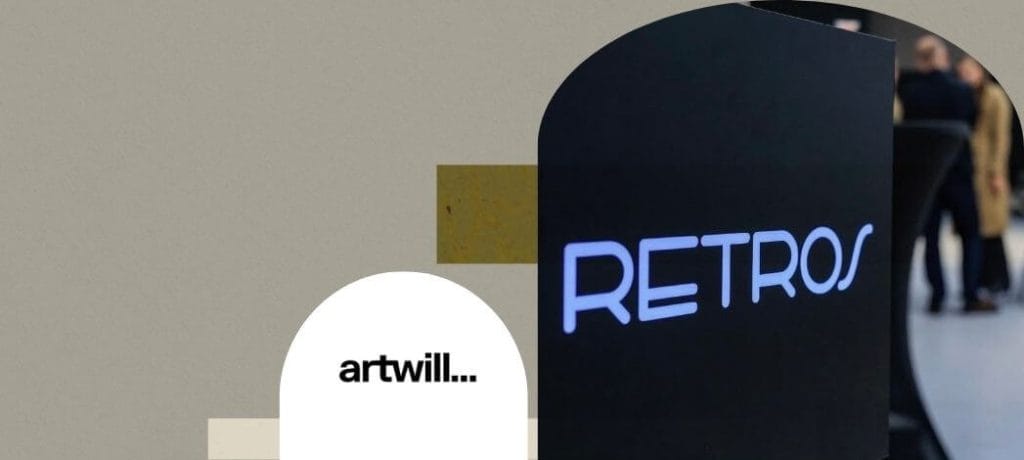Valentin Ioan: Behind the Scenes of Retros Gallery’s Curated Identity
As the curator behind Retros Gallery’s evolving collection, Valentin Ioan plays a key role in defining the gallery’s identity—one that bridges timeless aesthetics with today’s sensibility. His selections go beyond form or function; they carry narrative, memory, and cultural resonance.
In this interview, Valentin offers a glimpse into how he chooses the pieces that make it into Retros, how his eye has evolved, and what it means to curate in a world that’s constantly shifting between heritage and trend.
1. What defines your curatorial eye when selecting pieces for Retros?
First of all, in the process of curating mid-century pieces, I take into consideration the clients’ demands and the recommendations made by architects and interior designers, alongside my own obsession with MCM pieces. Sometimes this passion pulls me away from the business side and makes curating feel like entering a parallel world.
2. How do you identify a piece that has the potential to resonate beyond its decorative value?
During my research for pieces, I’ve encountered many objects that carry more emotional and cultural significance than decorative value. Mid-century pieces don’t always hold great financial value—some are world-renowned without necessarily standing out for their design. Identifying such objects requires proper research and a trained eye.
3. Have your criteria for collecting changed over the years?
Yes. Early on, I was drawn mainly to name recognition and striking silhouettes. Over time, my criteria became stricter: provenance and authenticity, condition and ergonomics, scale that works in contemporary homes, and the cultural story the object carries. I’ve also learned to factor in restorability and long-term relevance, not just trend and price. Saying “no” has become as important as saying “yes.”
4. Is there a piece in the collection that challenged your instincts—but turned out to be a success?
There was an understated armchair I hesitated on because of its modest look and unusual proportions. After careful restoration and the right fabric, it became the focal point of a client’s living room and sold immediately. It reminded me that quiet pieces can have powerful presence—and that risk, when informed, is part of a curator’s job.
5. How do you balance historical value, visual impact, and commercial viability in your selections?
I weigh them together. Historical value means authenticity, provenance, and relevance to a design movement. Visual impact asks: does it read well in real spaces and photographs, and can it mix with contemporary elements? Commercial viability covers condition, restoration cost versus final price, lead time, and current demand among designers and collectors. A piece makes it into Retros only when it scores credibly on all three.




